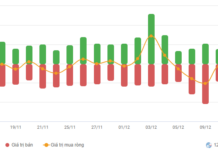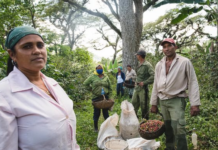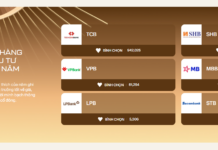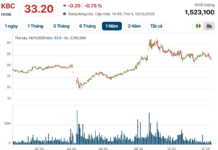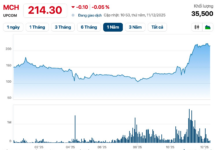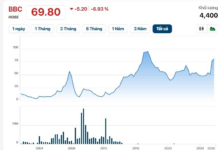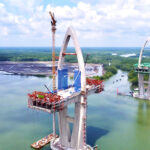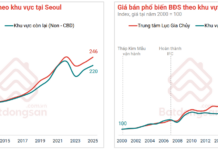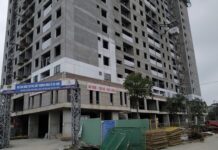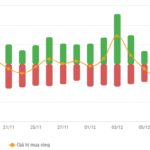The Project Management Unit No. 7 (under the Ministry of Construction) has recently submitted for appraisal the feasibility report for the expansion project of the Ho Chi Minh City – Trung Luong – My Thuan Expressway. The unit is currently expediting preparations, striving to commence construction on the project, with an investment of over VND 41 trillion, by the end of 2025. The project is expected to be completed by 2028.
The main objective of the project is to address traffic congestion and complete the expressway network in the key southern economic region and the Mekong Delta. The route will be approximately 96.13 km long, starting at Cho Dem intersection (Binh Chanh district, Ho Chi Minh City) and ending at the north end of My Thuan 2 Bridge (Dong Thap province).
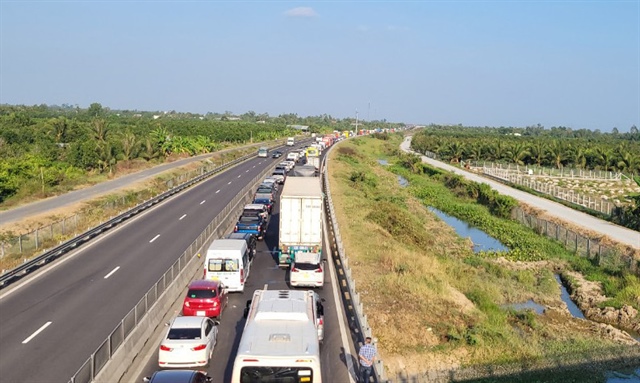 Ho Chi Minh City – Trung Luong – My Thuan Expressway frequently experiences traffic congestion due to traffic volume exceeding its capacity. Photo: NH. |
As planned, the Ho Chi Minh City – Trung Luong section will be expanded to eight lanes, meeting the standards of a 120 km/h expressway. Meanwhile, the Trung Luong – My Thuan section will be widened to six lanes, with a designed speed of 100 km/h. The project will also involve investing in expanding rest stops along the route on a large scale, ranging from 15 to 20 hectares each.
In terms of finance, this BOT project is calculated to have an investor’s profit rate of 11.77% per year, with an expected operation and business duration of 21 years and three months. The total land area required for the project is 1,045.55 hectares, including additional land acquisition of about 95.84 hectares in Ho Chi Minh City, Tay Ninh, and Dong Thap.
The project is proposed by a joint venture of Deo Ca Group, Ho Chi Minh City Technical Infrastructure Investment Joint Stock Company, Tasco, Hoang Long Construction Investment Joint Stock Company, and CII.
According to the Project Management Unit No. 7, this upgrade aims to meet the ever-increasing transport demands, especially during holidays and Tet (Lunar New Year). The project will help reduce travel time, lower logistics costs, and enhance connectivity between the key southern economic region and the Mekong Delta, thereby promoting trade, tourism, and investment in the entire region.
On August 19, the expansion project of the Ho Chi Minh City – Long Thanh – Dau Giay Expressway, with an investment of nearly VND 15 trillion, was also commenced.
The scale of the project includes upgrading and expanding the main expressway section, spanning nearly 22 km (from the intersection with Ho Chi Minh City’s Ring Road 2 to the intersection with Bien Hoa – Vung Tau Expressway), from four lanes to eight to ten lanes. A new Long Thanh Bridge with five lanes will be constructed parallel to the existing bridge to improve traffic flow across the Dong Nai River. The main expressway section is expected to be completed by December 2026.
The Long Thanh Bridge will be finished by March 2027, ensuring smooth traffic flow.
Upon completion, the project is expected to put an end to frequent congestion, especially during holidays, on the Ho Chi Minh City – Long Thanh Expressway. It also serves as a strategic step in completing the transport infrastructure connecting Ho Chi Minh City with Dong Nai province, particularly the Long Thanh International Airport, thereby boosting economic development in the region.
Tuan Kiet
– 10:01 05/09/2025
The Counterfeit Cash Conundrum: Unraveling the USD Scam in Ho Chi Minh City
Taking advantage of messaging applications with anonymous accounts, the accused group in Ho Chi Minh City had repeatedly bought and sold a total of $35,000 in counterfeit US dollars.

